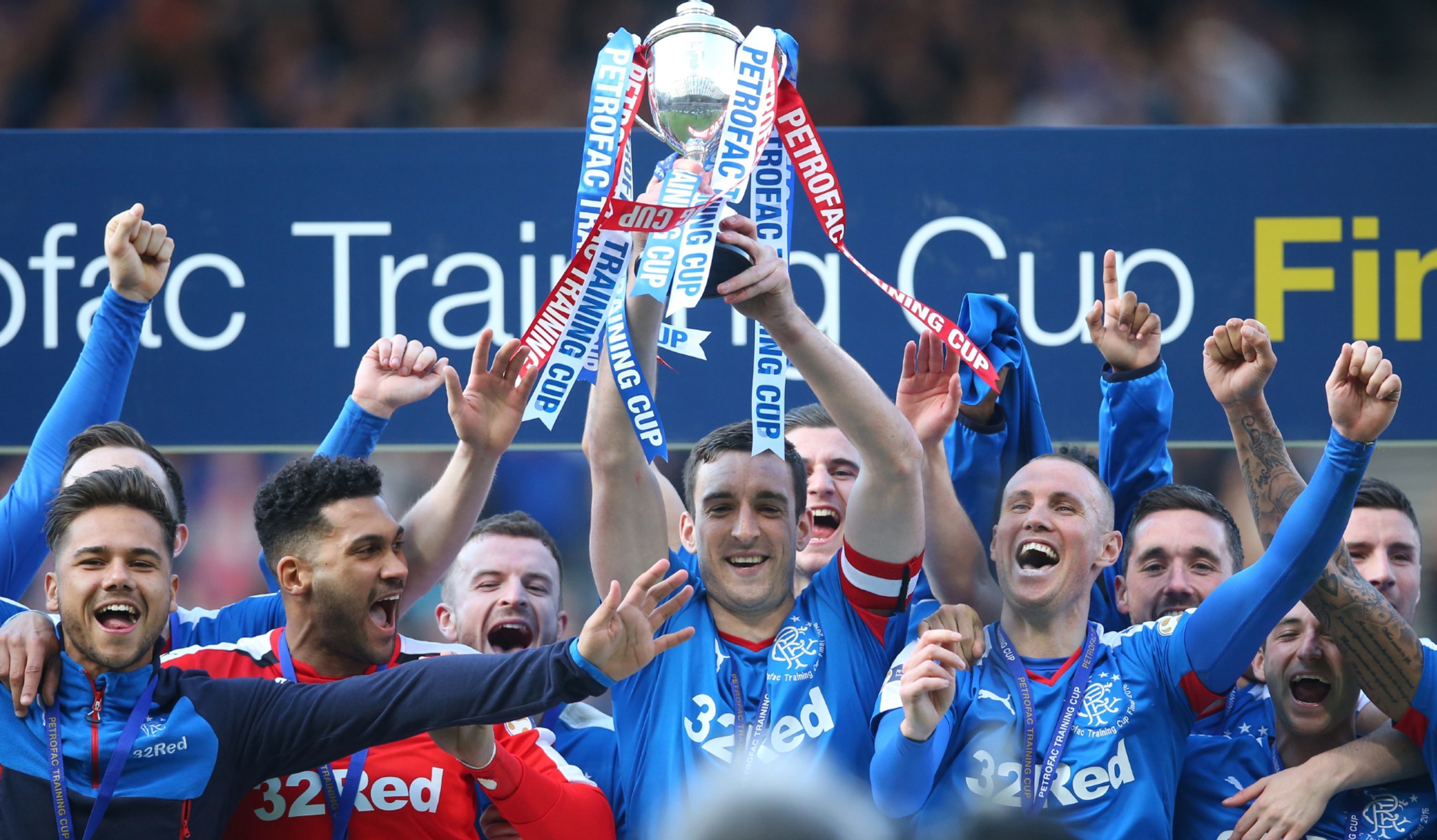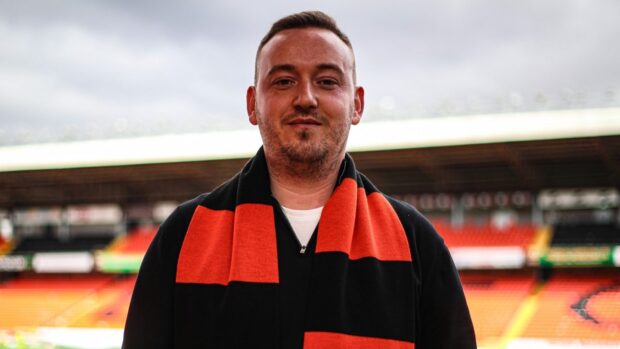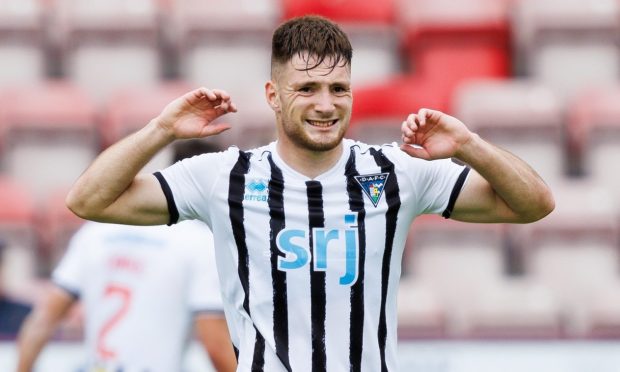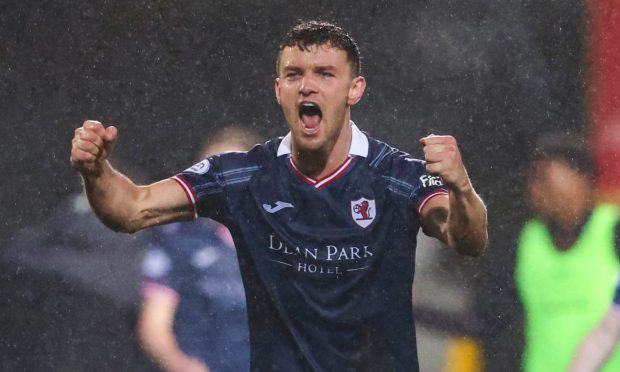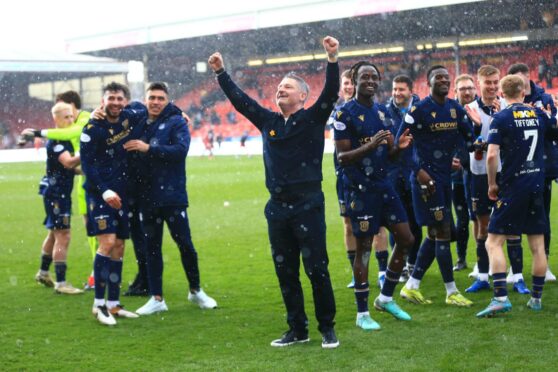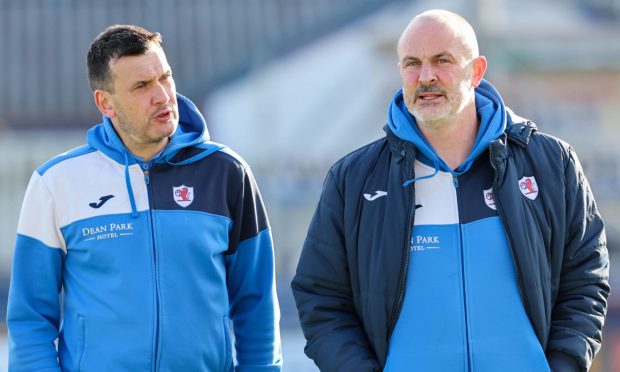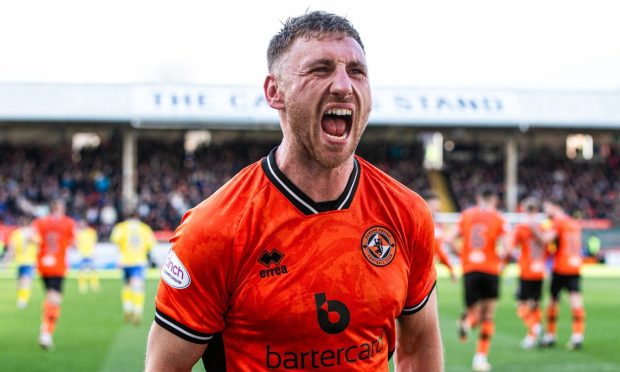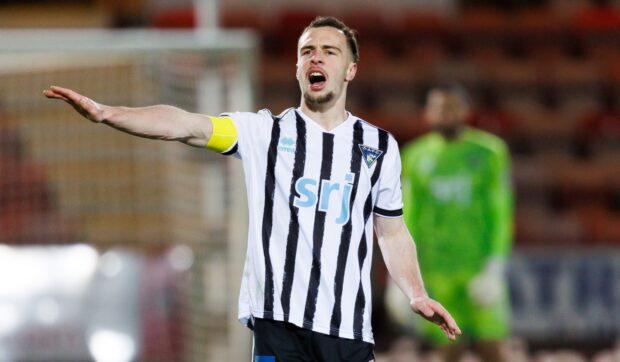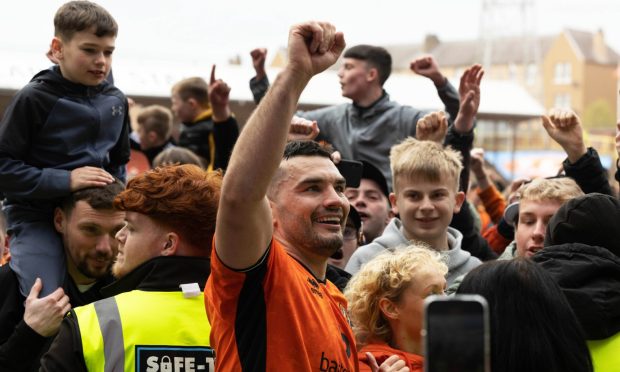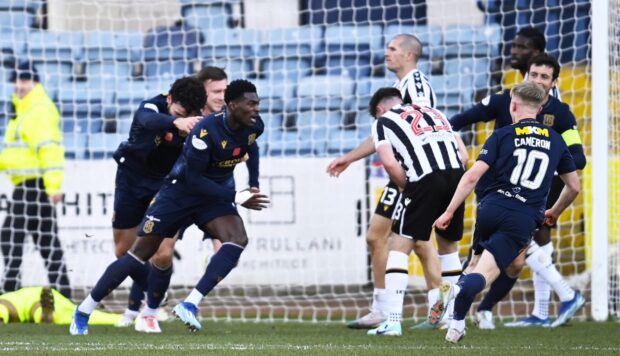As they tell you before all the best American cop shows, the following story is fictional and does not depict any actual person or event.
Once upon a time, Scottish football chief Don Casterneil decided to spice up the Challenge Cup, despite the tournament appearing to be in good health and its final having attracted a crowd of almost 50,000 to see Rangers win the Petrofac-sponsored trophy in April.
He wanted to send out a message that the game in Scotland was strong, vibrant and forward-thinking.
“I know what we should do,” said Casterneil.
“Let’s bring in teams from Northern Ireland and Wales to jazz things up.
“Not just that, let’s rate them more highly than Dundee United, Hibs, Dunfermline, Raith Rovers, Falkirk etc.
“Yes, our own wee Championship sides can enter the competition in round 3 in September, while Welsh and Northern Irish giants like TNS and Crusaders don’t have to bother until round 4 a month later.
“It will be like the Europa League when the Champions League teams drop in, only with a bit more travelling involved.”
Now, the Welsh and Northern Irish national sides have undoubtedly earned the respect and support of many Scots football fans for reaching the Euro 2016 finals while our own team is staying at home.
Indeed, the goals scored by our Celtic cousins will be cheered loudly in pubs and living rooms across the land over the next few weeks.
However, to have our own Scottish Professional Football League send out a message that sides like United and Hibs – the Scottish Cup holders! – are seeded below teams from the principality and province is simply ridiculous.
To be frank, this Challenge Cup revamp should be challenged.
How on earth can you expect, say, Albion Rovers or Arbroath to ask their part-time players to take time off work for a trip to the Valleys or Counties if they manage to reach the stage when the “big guns” come in?
Also, can you imagine United or Hibs sending out their first team to face an under-20s side from, for example, Dundee or Hearts?
They would be on a hiding to nothing. Defeat would be such a humiliating prospect that they would be wise to avoid taking the risk for the sake of their own self-esteem.
Talking of the Dens men, this is at least good news for them.
The cross-border experiment – backed by UEFA seemingly – surely opens the door to their American adventure against Celtic.
If a Scottish club can play a Challenge Cup match in Portadown then why not a Premiership one in Philadelphia?
Rangers and Celtic should be looking on with interest, too, as the barrier to teams from north of the border playing competitive football elsewhere in the United Kingdom comes down. Just when you thought the talk of the Old Firm going to the England had gone away…
You haven’t mentioned the Texaco Cup or Anglo-Scottish Cup, I hear a few more seasoned supporters say.
Well, the difference is that those were UK-wide (and Irish, until the early 1970s) competitions, whereas this is a Scottish knockout competition run by the SPFL that is inviting sides from other associations in to compete.
This is also not an argument against progression and innovation.
Indeed, the changes to the League Cup, renamed the Betfred Cup, are to be welcomed.
In contrast to that tournament, though, the new Challenge Cup looks like a muddle.
